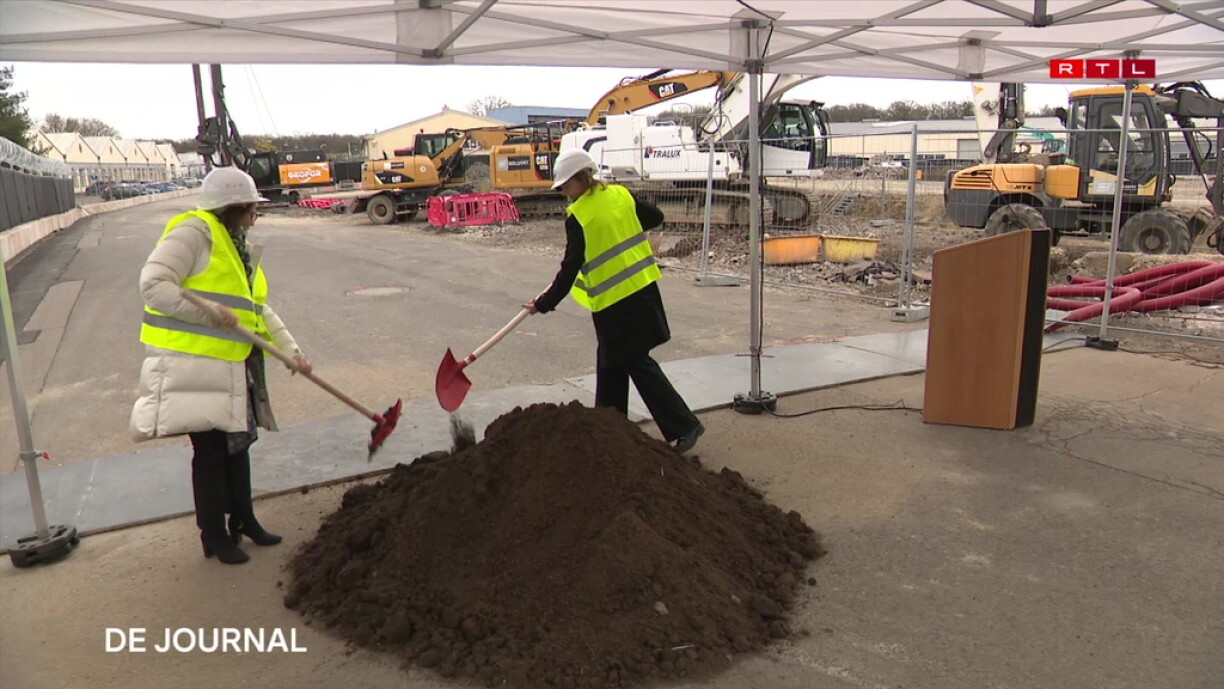
Now, however, the NATO agency is to expand with the construction of two new, modern buildings, as work began on Tuesday in the presence of the defence minister and the NSPA director - both of whom picked up a shovel to symbolically launch the project.
Excavators have been preparing the site for the past few weeks. Defence minister Yuriko Backes said it was a step towards a more secure Europe.
“We are in a situation where we have a lot of work for the NSPA here. It employs over 1,000 staff. With the geopolitical situation as it currently stands, the NSPA is of course in demand, which is why this project is so important for the people who work here.”
The NSPA plays a major role in the purchase of military equipment, rendering the agency an important partner for Luxembourg’s defence, but also for other NATO member states.
“We work very closely with the NSPA on a bilateral level, to position Luxembourg better defensively, but also as part of NATO and a NATO ally. It’s not just for our own defence, but in the interest of all NATO partners,” explained Backes.
When considering military equipment, heavy-duty tanks and weapons might spring to mind first, but the IT sector is just as important, the minister continued.
“For example, Luxembourg, along with Estonia, has taken on the role of the leading nation in an IT coalition. For Ukraine, this means they are better prepared in terms of IT and communications. We do this alongside the NSPA, as the agency helps to purchase the right equipment.”
The construction project will create more modern, efficient and sustainable offices for the NSPA over the next two years. The infrastructure programme is estimated to cost 350 million euros, 200 million of which will be contributed by the Luxembourg government.